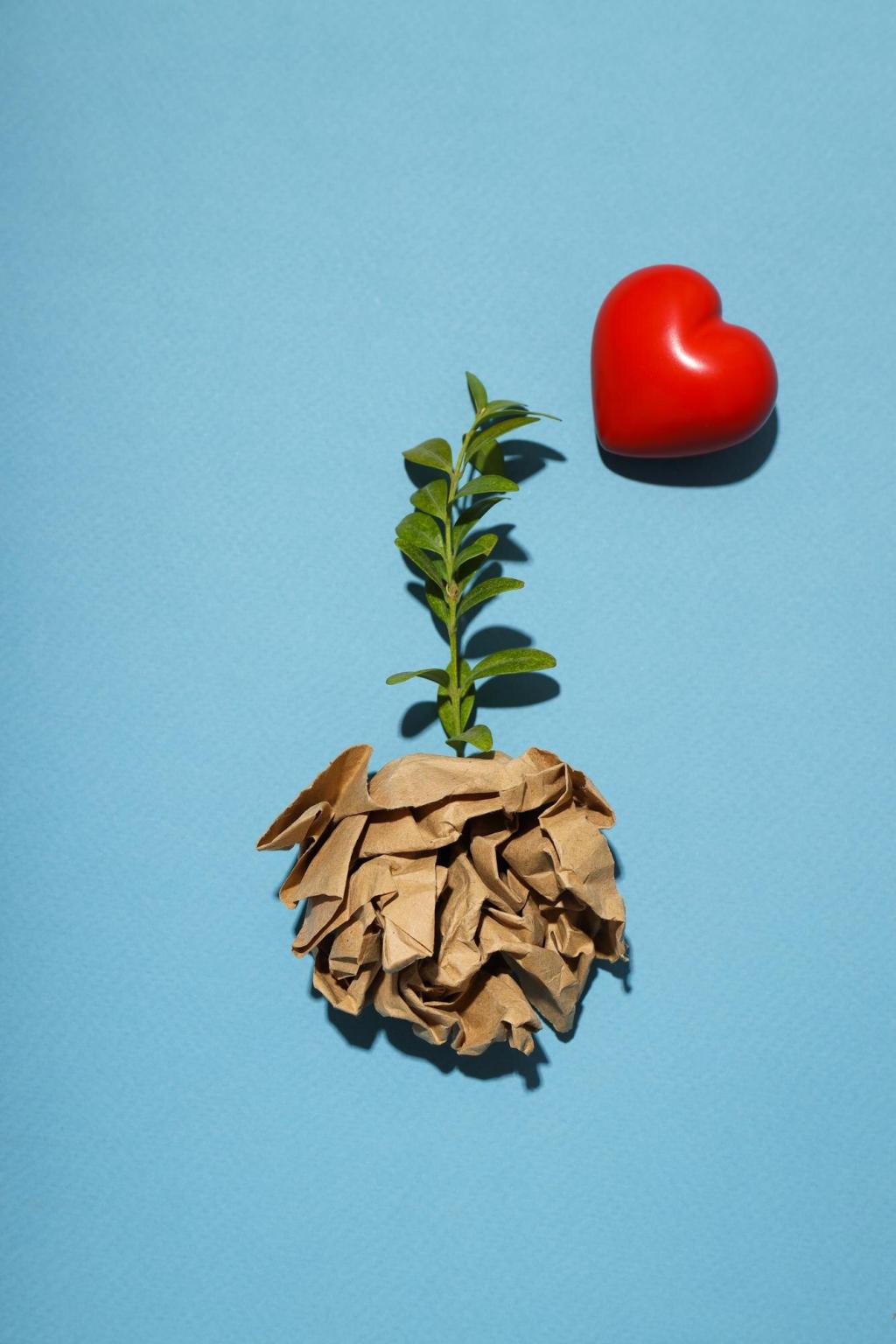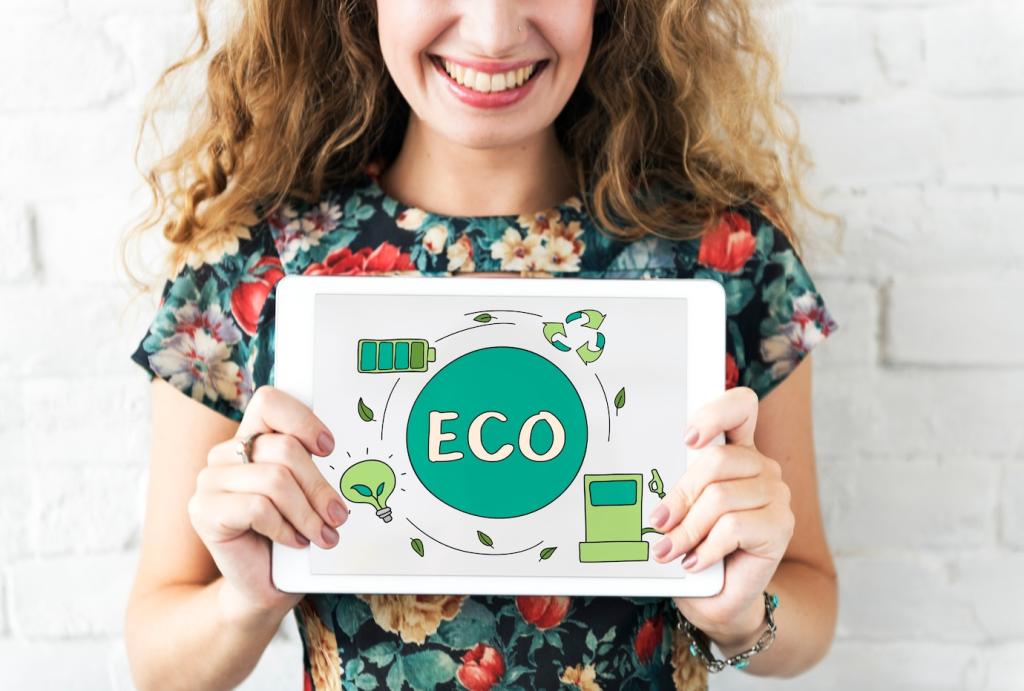Recycled Material Sculptures: Turning Discarded Objects into Art
Today’s chosen theme: Recycled Material Sculptures. Welcome to a creative space where bottle caps become constellations, bike chains morph into wings, and old circuit boards whisper futuristic stories. Explore techniques, stories, and community projects—and subscribe to join our growing circle of resourceful makers.


Why Recycled Material Sculptures Matter
Every recycled material sculpture carries a second life, reducing landfill contributions while communicating a clear narrative about overconsumption. When viewers recognize familiar scraps reborn as beauty, they question habits and imagine circular alternatives more powerfully than with statistics alone.
Why Recycled Material Sculptures Matter
During a neighborhood cleanup, a teenager gathered broken umbrella ribs and bent spokes, then built a winged figure balanced on a single bolt. Passersby took selfies, asked questions, and donated more parts. That modest sculpture sparked weekly studio meetups and lasting friendships.
Finding and Selecting Discarded Materials
Start with permission. Ask bike repair shops for worn chains, electronics recyclers for obsolete boards, and cafés for tin containers. Post neighborhood requests explaining your art purpose. Responsible sourcing builds goodwill, steady supply, and future collaboration for larger sculptures.

Designing with Purpose and Narrative
Alternate between quick sketches and hands-on mockups. Let the materials suggest gestures you did not plan. A bottle opener may become a beak; a hinge, a knee. This iterative loop reveals the strongest narrative for your recycled material sculpture naturally.

Community, Collaboration, and Education
Host a Materials Swap Night
Invite neighbors to exchange safe scrap items while you demo basic fastening techniques. People leave lighter, inspired, and eager to return with friends. Capture emails, share a project calendar, and encourage contributions for an upcoming collaborative recycled material sculpture.
Pop-Up Sculpture Walks
Curate a temporary outdoor route featuring local recycled material sculptures. Offer QR codes with artist interviews and material origins. Ask visitors to vote for a community piece, submit photos, and subscribe for updates about future builds, workshops, and cleanup partnerships.
Workshops with Schools and Libraries
Design age-appropriate sessions focusing on safe tools, creative reuse, and teamwork. Students bring approved household items and build small group sculptures. Display results publicly, invite families to contribute materials, and plant long-term curiosity about recycled material sculptures and sustainability.
Consider how a sculpture can be disassembled, repaired, or transformed later. Favor reversible joins and modular assemblies. Document materials to simplify future recycling. This cradle-to-cradle mindset strengthens the environmental claim of every recycled material sculpture you create.
Sustainability and Ethics in Practice
Credit donors, communities, and craftspeople whose objects you repurpose. Avoid materials with sensitive cultural significance or uncertain legality. Transparency builds trust and ensures your recycled material sculptures celebrate stories rather than unintentionally exploit them.
Sustainability and Ethics in Practice
Documenting and Sharing Your Work
Photography That Honors Texture
Use diffused side light to reveal metal scratches and plastic translucency. Include a detail shot for each unique joint. Thoughtful photography helps audiences appreciate the craftsmanship inside recycled material sculptures and encourages them to follow, comment, and subscribe.
Captions with Heart and Specifics
Pair each image with a concise origin story: where the parts came from, why they were chosen, and what changed during assembly. Specific, human captions invite conversation and donations of new materials for future recycled material sculptures.
Build a Living Archive
Maintain folders by project, include material lists, sketches, and process notes. Tag themes—aviary, kinetic, botanical—for easy discovery. A living archive supports grants, exhibitions, and collaborations, keeping your recycled material sculptures visible and your community engaged long-term.

